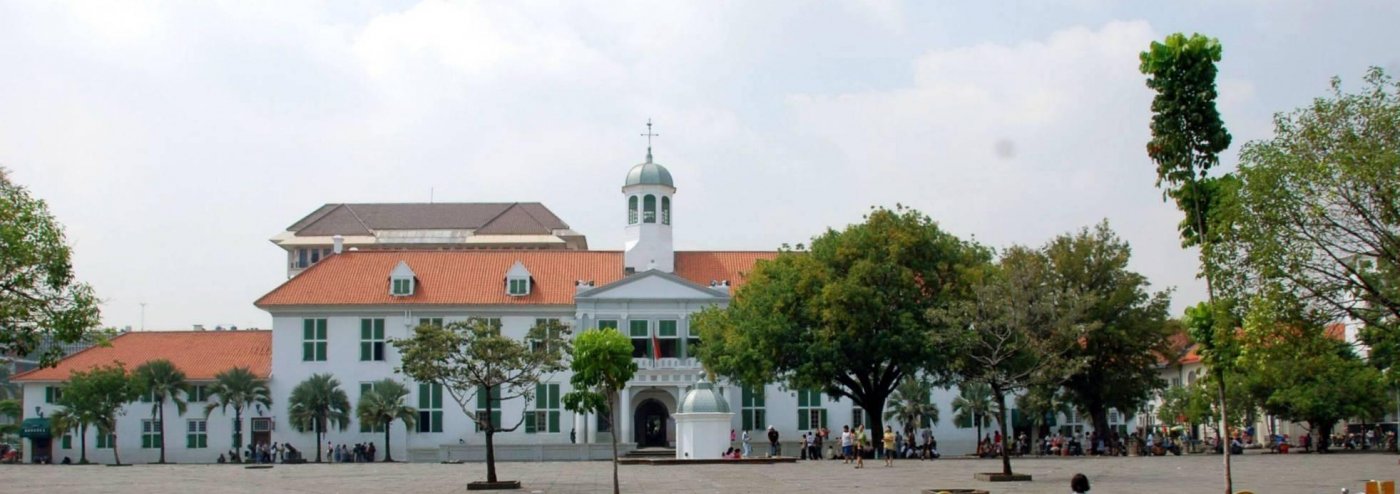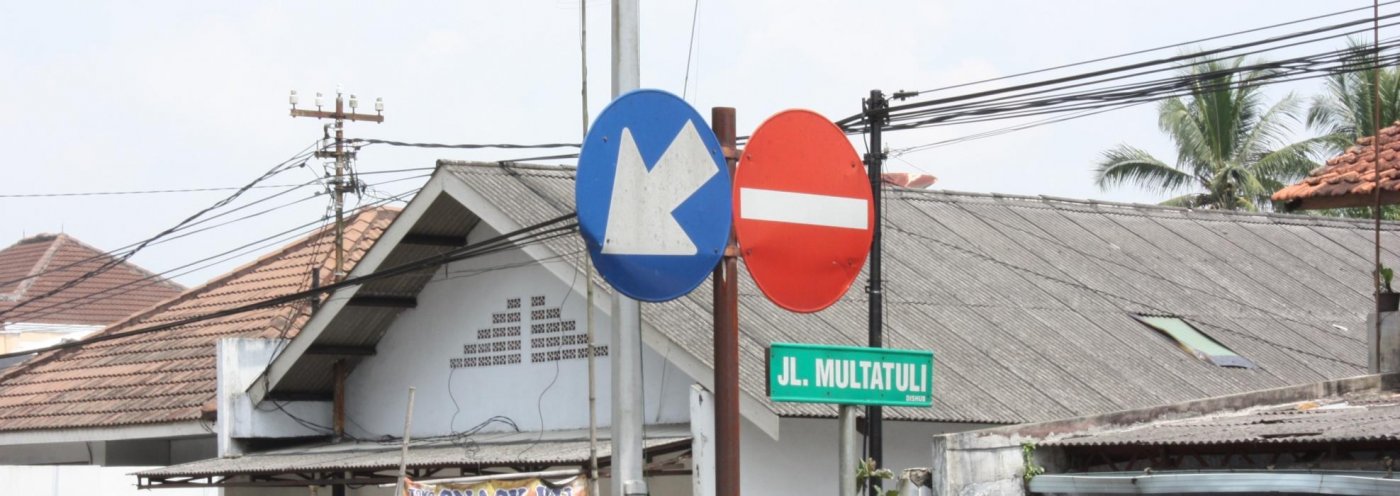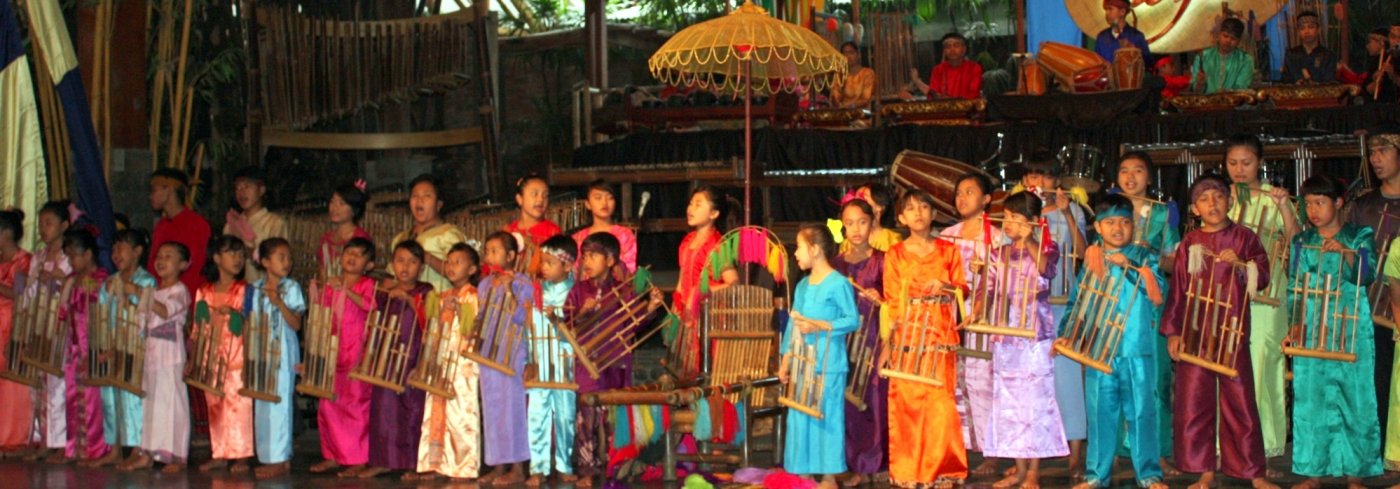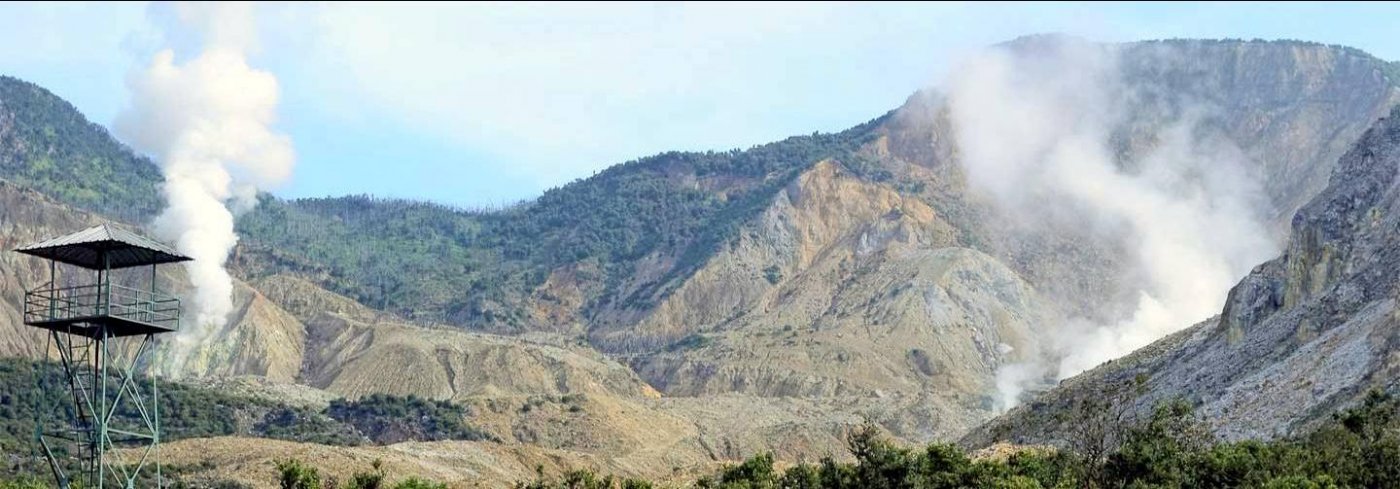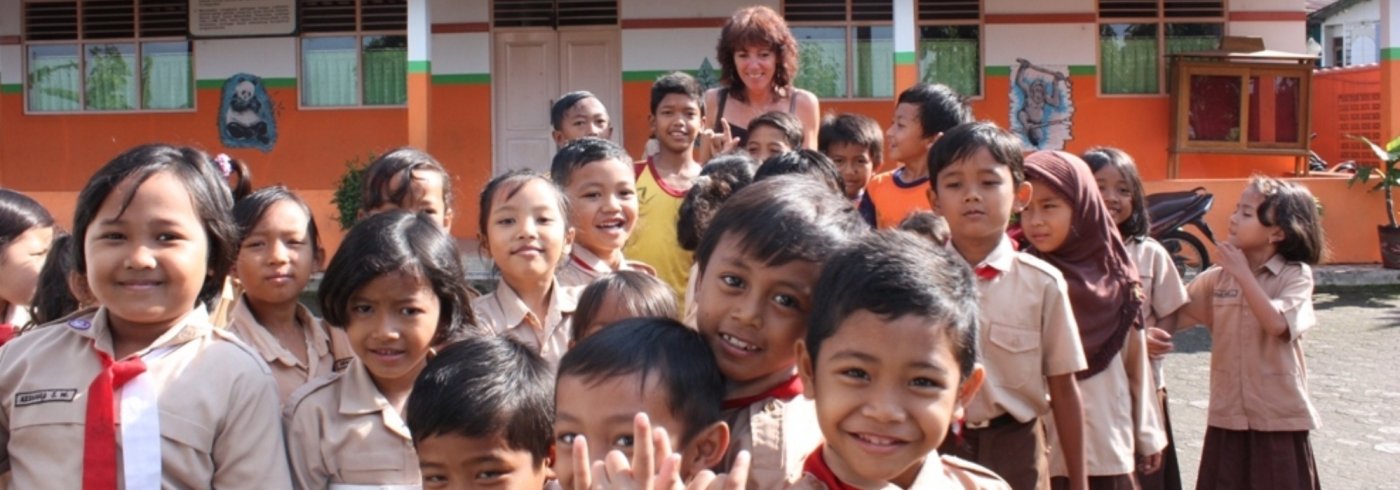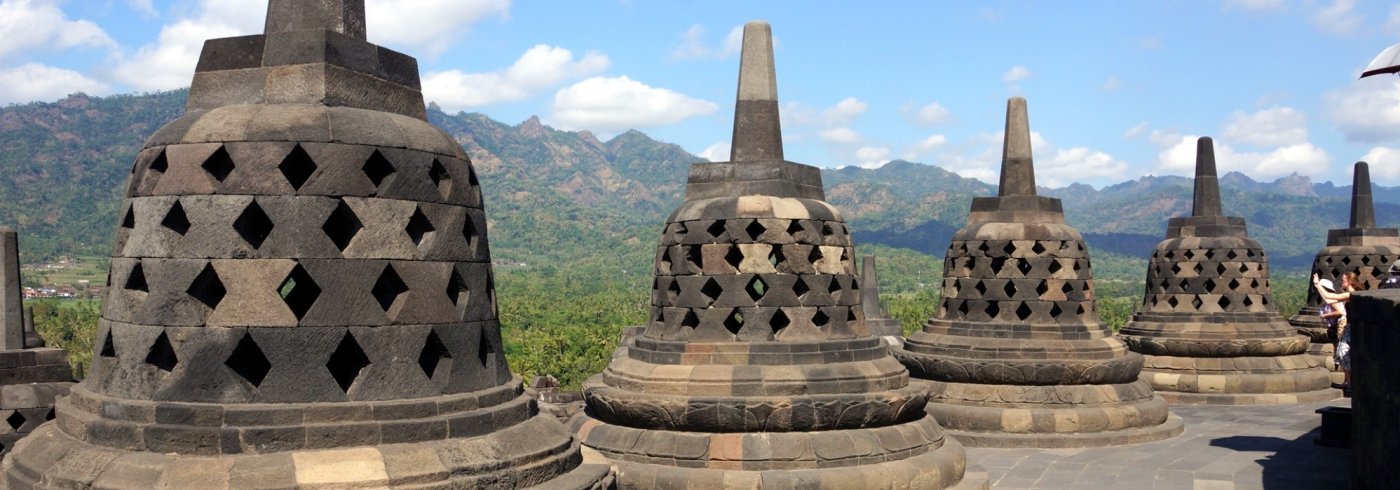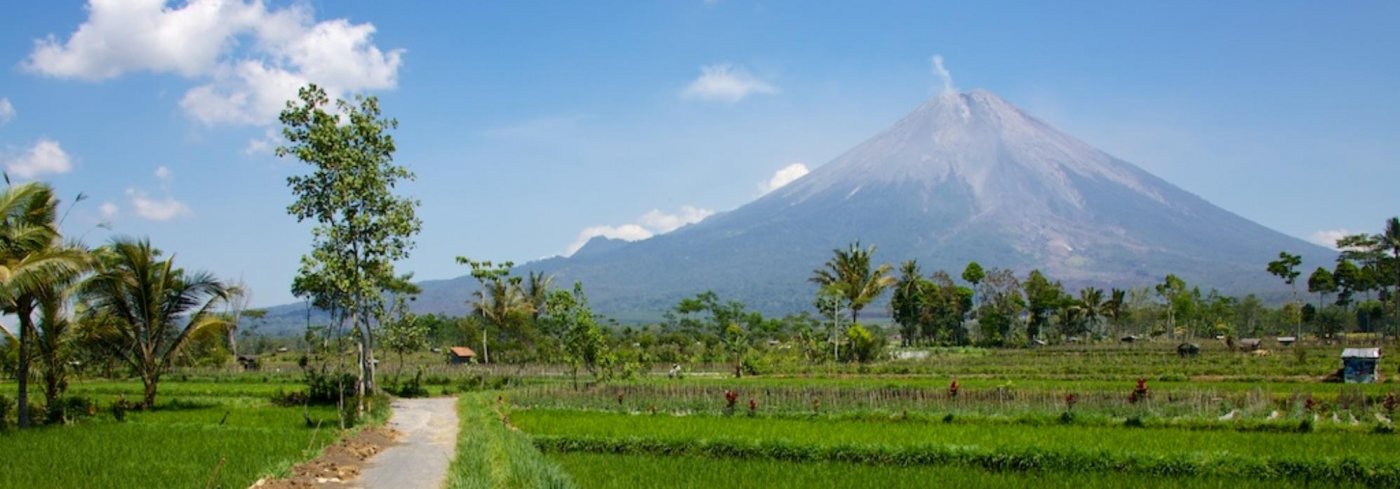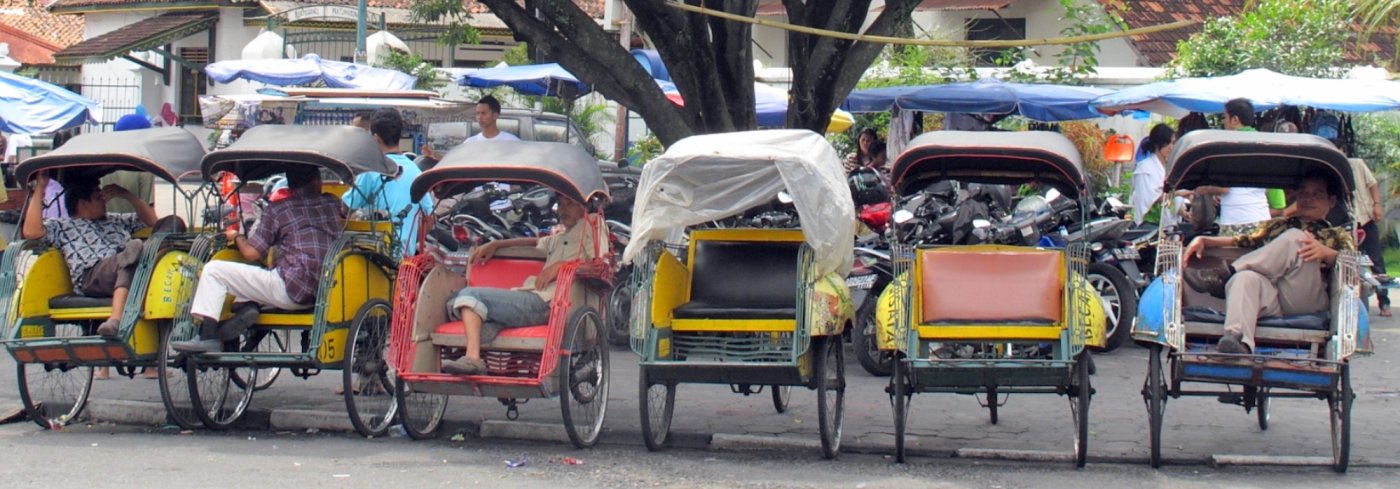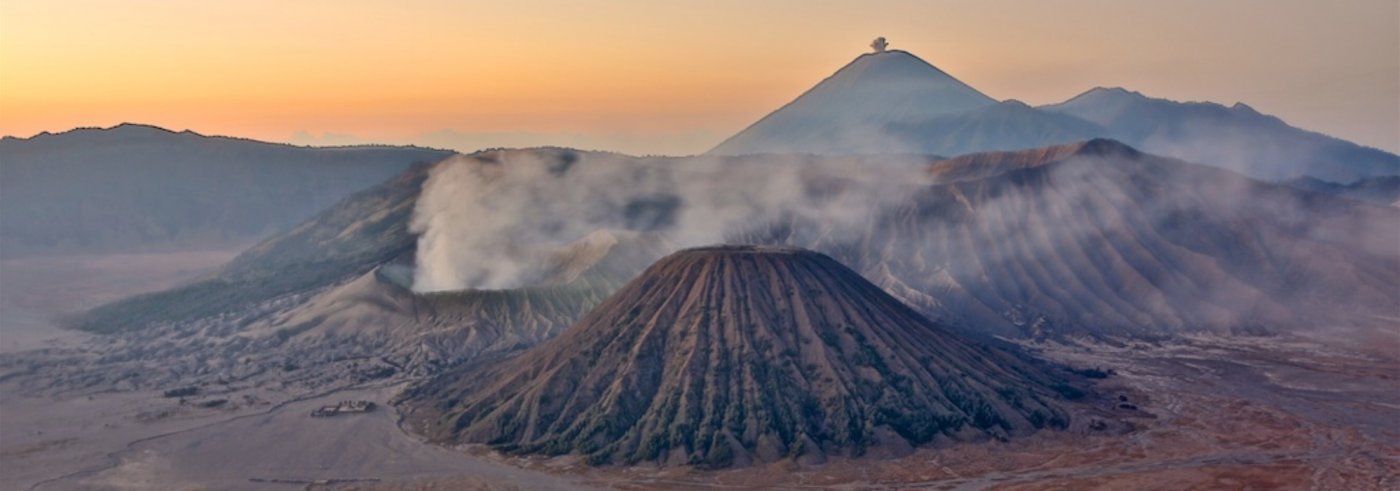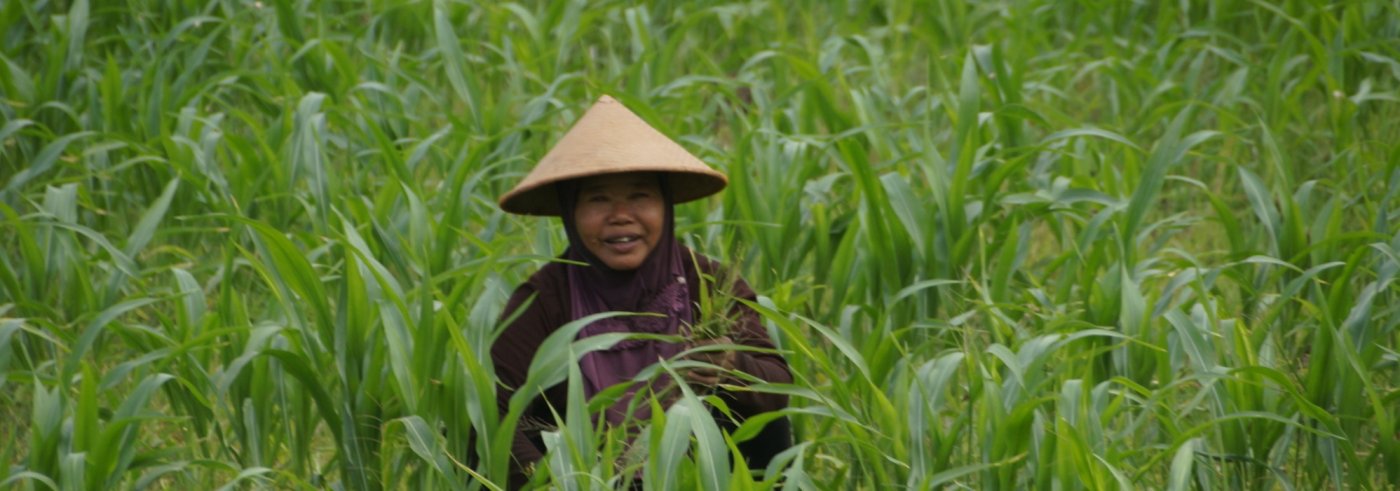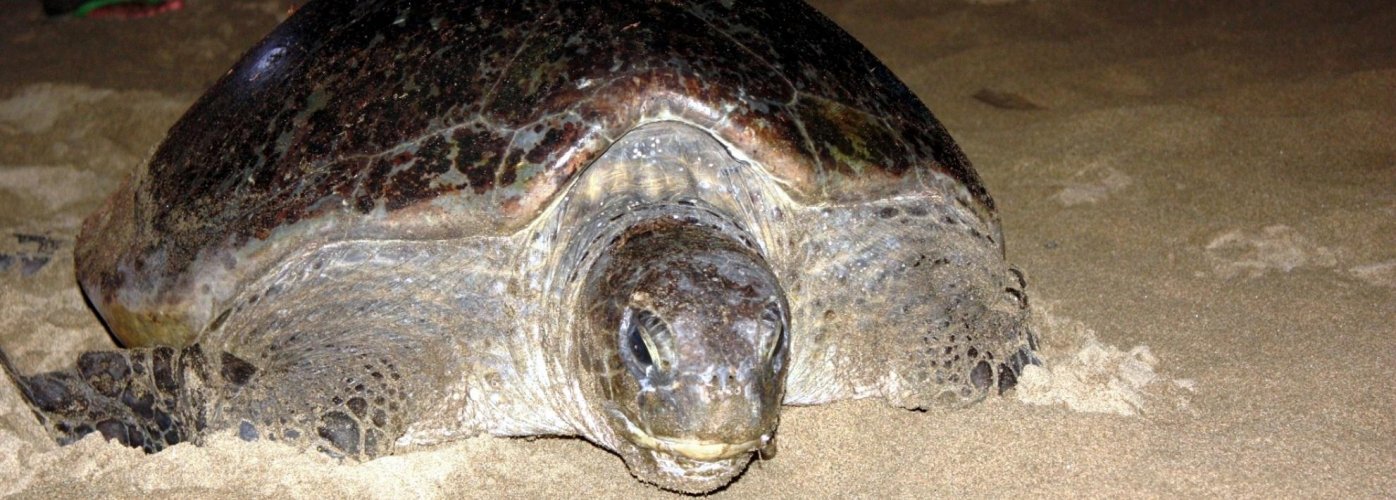Roundtrip 16 days Java by train
Jakarta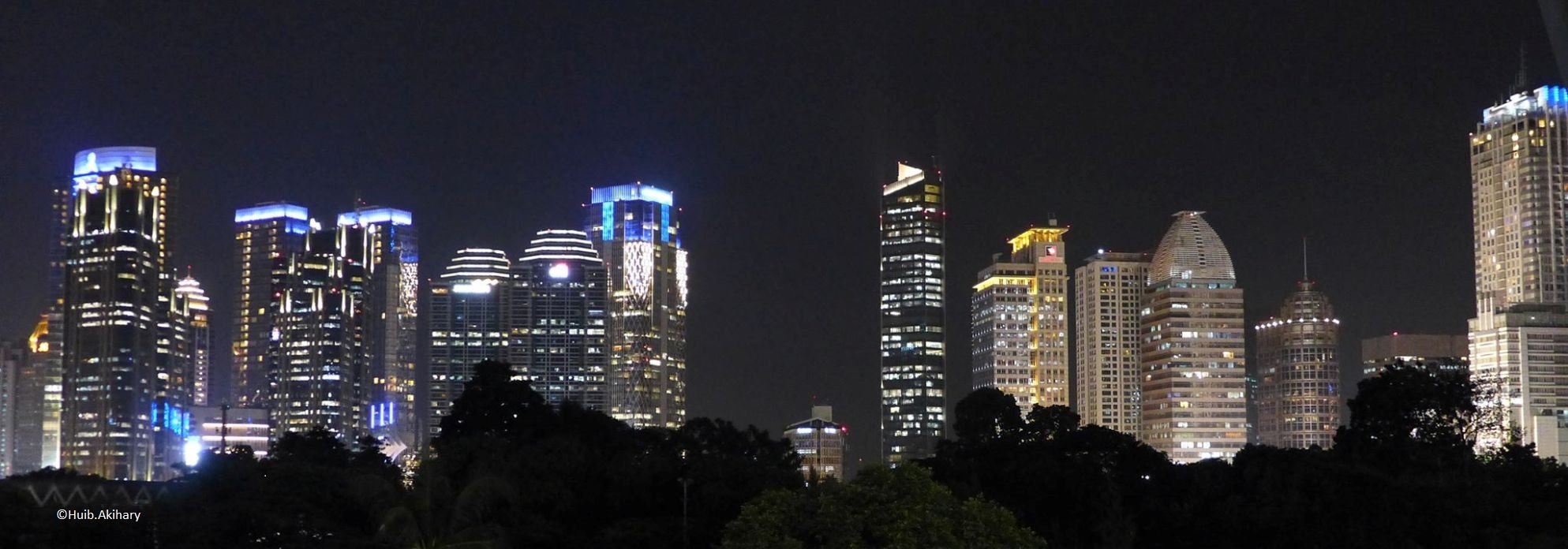 JakartaJakarta, The Big Durian, you either love it or you walk away from it. It is the hometown of my mother, then called Batavia. In 1993 I was still in her birth house, a privilege that few Indos can still experience, as Jakarta has grown into a metropolis with about 17 million inhabitants. A lot of low-rise buildings have had to make way for skyscrapers that define the skyline of Jakarta.Only the old city, Kota Lama, still shows many traces from the Dutch period. Be sure to visit Fatahillah Square with the National Museum and drink a cup of coffee in the nostalgic Café Batavia. Glodok, Jakarta's China town is within walking distance of Kota Lama. The old VOC warehouses and the fish market Pasar Ikan are also worth a visit. I find it difficult to name a favorite restaurant. What I write today will be obsolete tomorrow. I would say check the internet and selamat makan, enjoy your meal! Bandung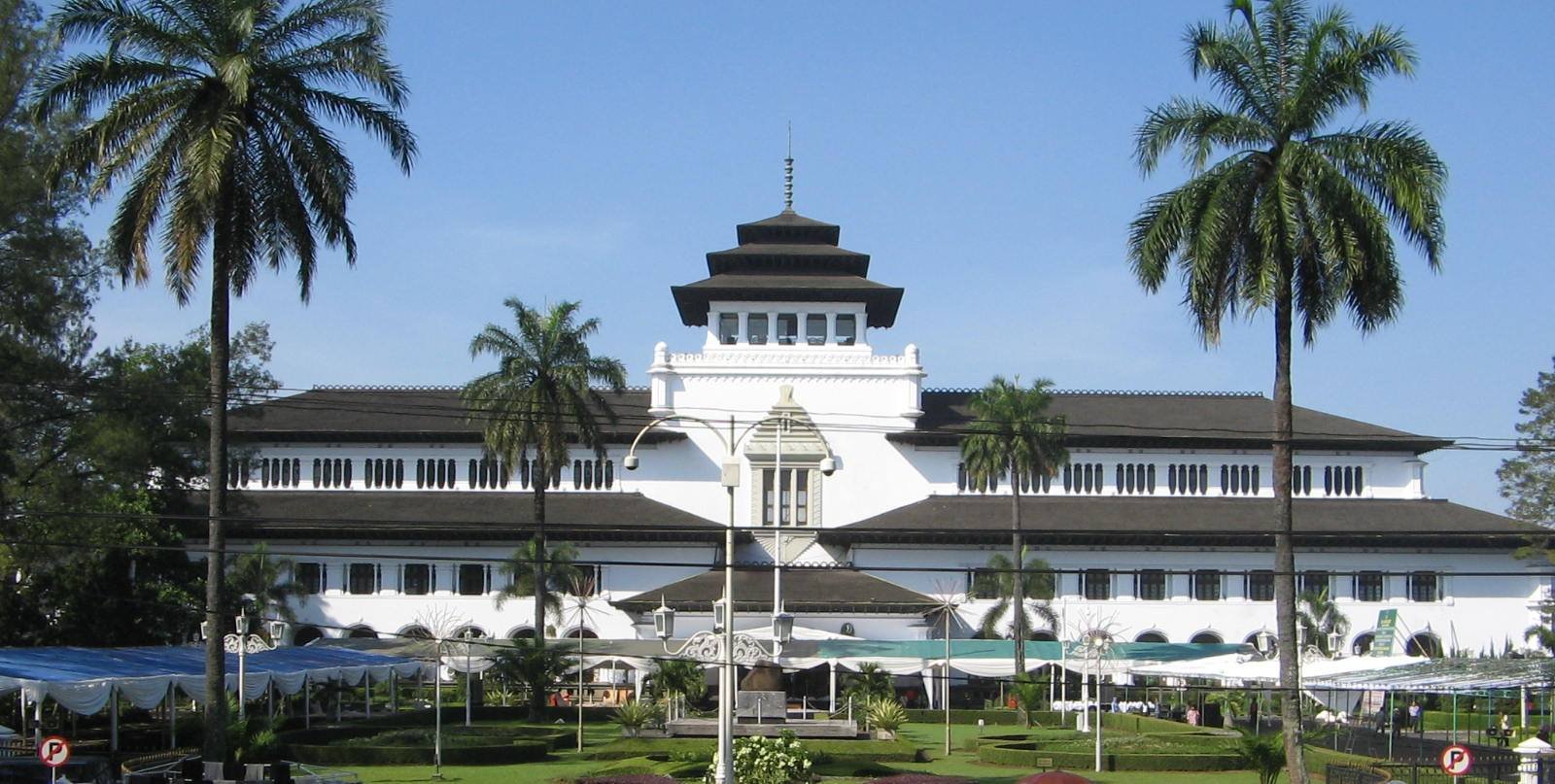 BandungBandung was often called "Paris of Java". It was not until 2020 that I found out where that name came from: the many fashion shops, Mediterranean restaurants and other luxury boutiques gave Bandung a Parisian look at the beginning of the 20th century. Bandung no longer has that look, except perhaps in the famous Bragaweg, one of the best-preserved shopping streets in the world in Art Deco style.It is a busy and modern student city, where many old buildings and houses from the colonial period have been preserved. There are architectural highlights such as the Gedung Sate, Villa Isola, the old Concordia, but also the hotels Savoy Homann and Grand Hotel Preanger take you back to the times when the planters came to enjoy their Sunday drink. North of Bandung are the volcano Tangkuban Perahu, the mountain village of Lembang and the Dago Tea House are worth seeing. In the south you will find the Malabar tea plantation. Kawah Putih, the white crater, is also located in the south and together with Malabar is good for a full day trip. The golden crater Papandayan is more to the east and is special because of the many geysers and the golden rim at the top. The Papandayan is again good to combine in a day trip with the hot springs of Garut. If you are on time, make sure to visit Saung Angklung Udjo in the afternoon: a dazzling performance of angklung music with dance and wayang golek performance by children from the neighborhood, accompanied and accompanied by descendants of the late Pak Udjo. He once founded a music school for the street children here, which has now grown into a beautiful stage for the children in the neighborhood. At some point you play along, despite your musical illiteracy. 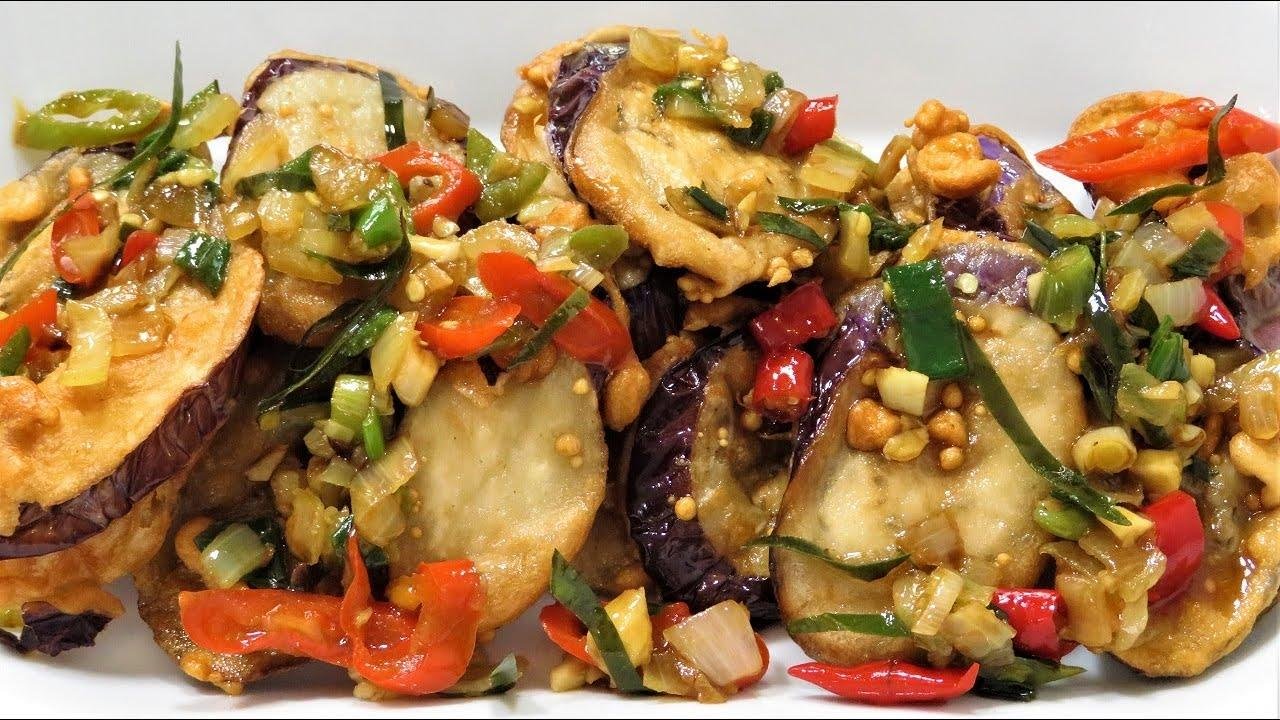 Favourite restaurantJust like in other big cities, good food is not hard to find. My favorite is Dapoer Pandan Wangi. Order the fried perch Gurame Goreng, not available in the Netherlands, with Terong Raos as a vegetable: aubergines baked in dough. You will never regret it!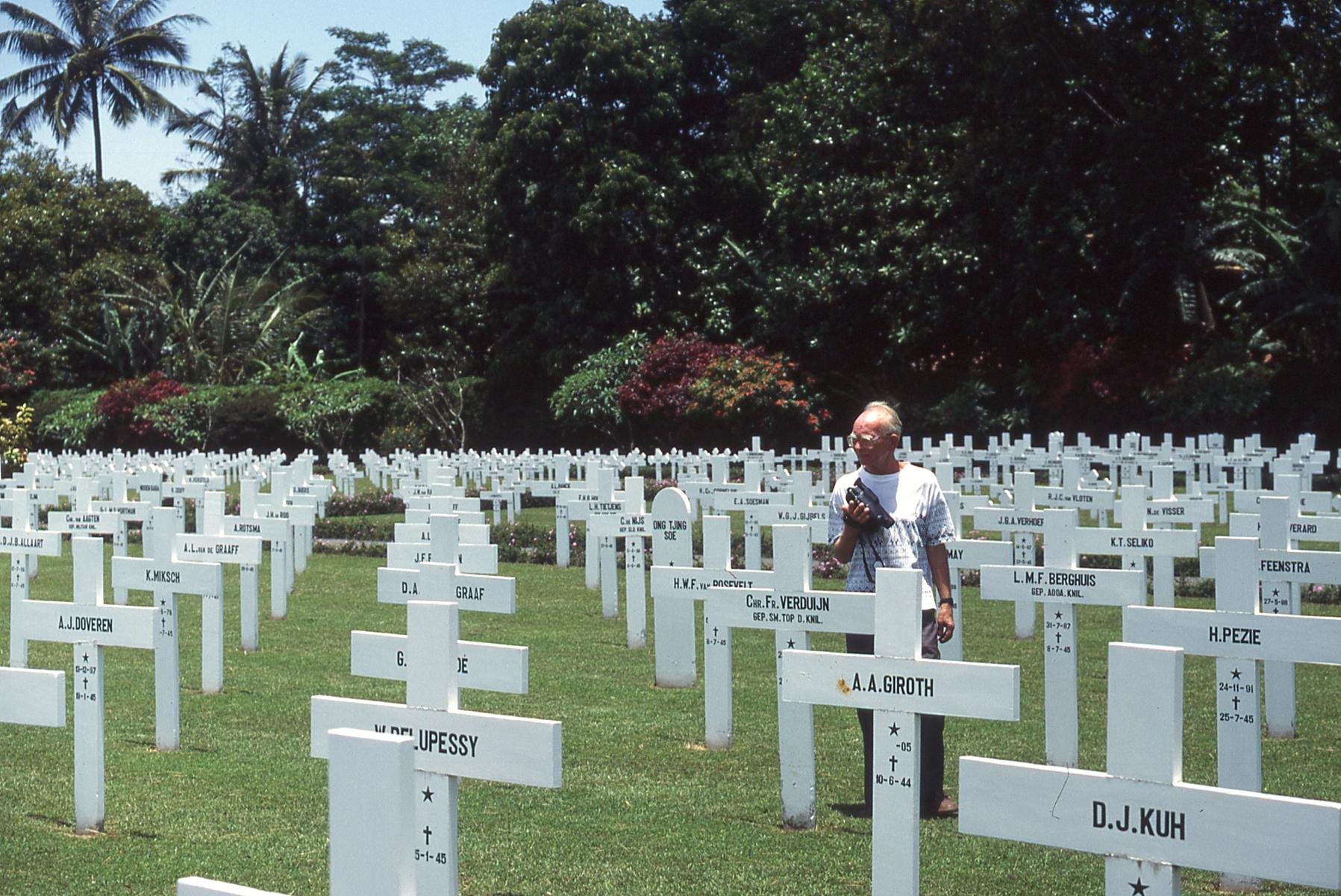 CimahiSouth of Bandung is the town of Cimahi. During the Japanese occupation, the current barracks served as Jappenkamp, where my grandfather and father had been interned for several years. In Cimahi is also the honorary cemetery Leuwigajah.Borobudur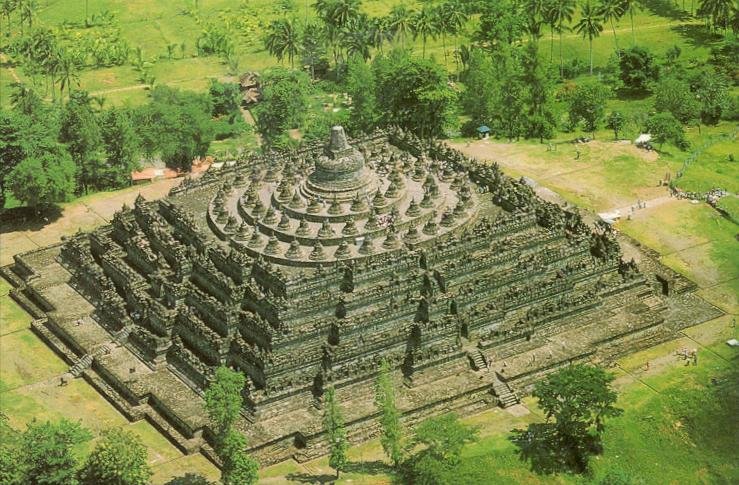 BorobudurThe Borobudur is a famous temple complex built in the 9th century. It’s situated on a small hill near Yogyakarta and surrounded by other temples and volcanoes. The complex is 47 meters high and consists of nine stacked platforms. The platforms represent the Buddhist cosmos. On the top floors there are 72 small stupas, which are built around one large central stupa, which symbolizes Nirvana.The Borobudur is best visited during sunrise. The Sarasvati Borobudur hotel is a 1.1 kilometer walk. There are several hotels and resorts within 10 minutes, of which both small scale Rumah Dharma I and II are our favorites. For the traveler with a well-filled wallet, the Plataran Borobudur resort & spa is the ultimate choice (not to be confused with the big brother Plataran Heritage hotel, which is mainly geared towards wealthy local tourists). Magelang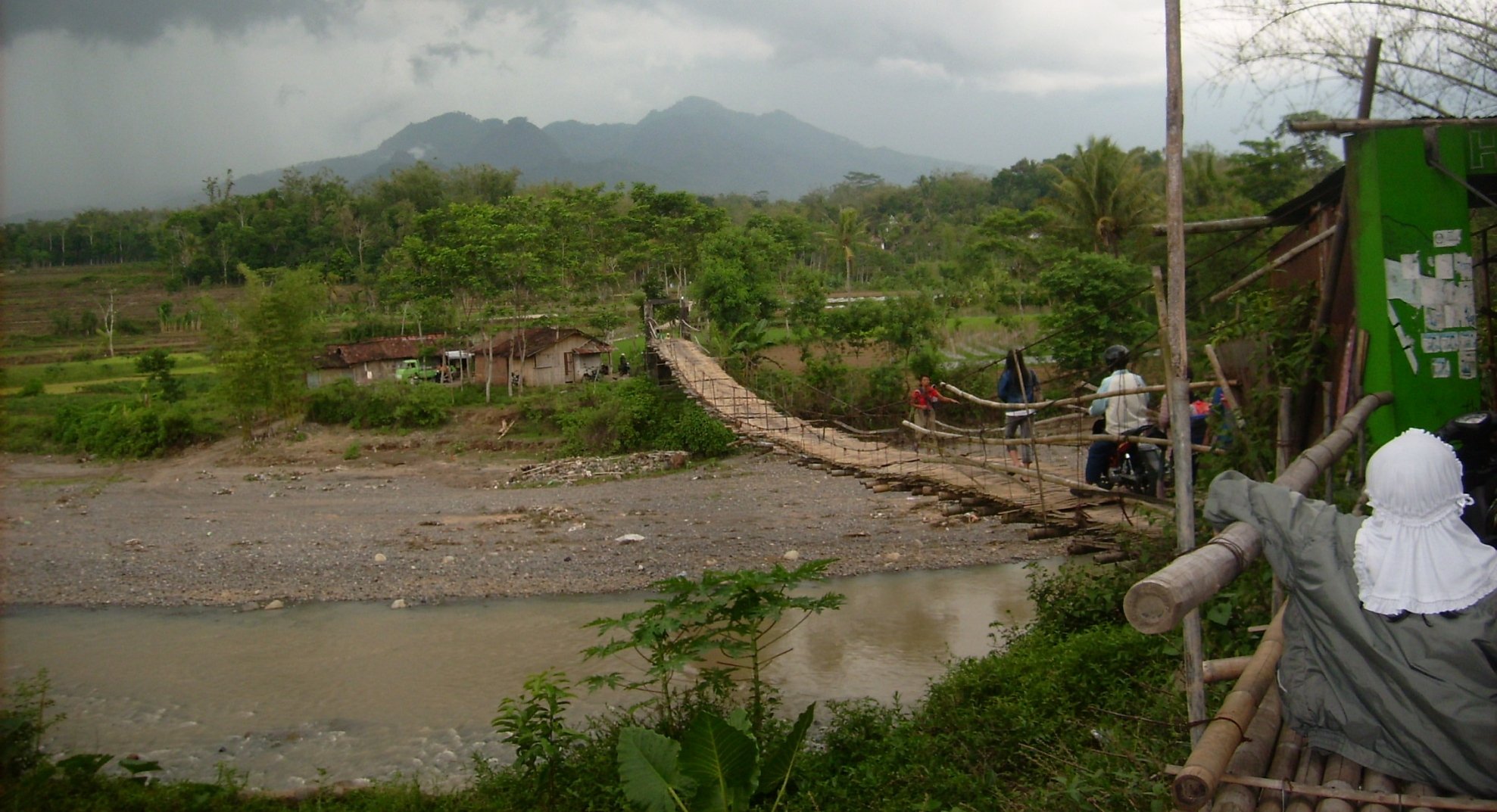 MagelangMagelang is a pleasant cool place at 40km from Yogyakarta. It’s surrounded by mountains like the Merapi volcano and the Sumbing and Sindoro. On the one side Semarang and on the other side of the mountains Yogyakarta.From Magelang you can make beautiful walks through the mountains or go rafting on the rivers. Magelan is very near the Borobudur, the biggest temple complex on Java. Golf lovers can enjoy their favourite sport at the Borobudur Golf & Country club. 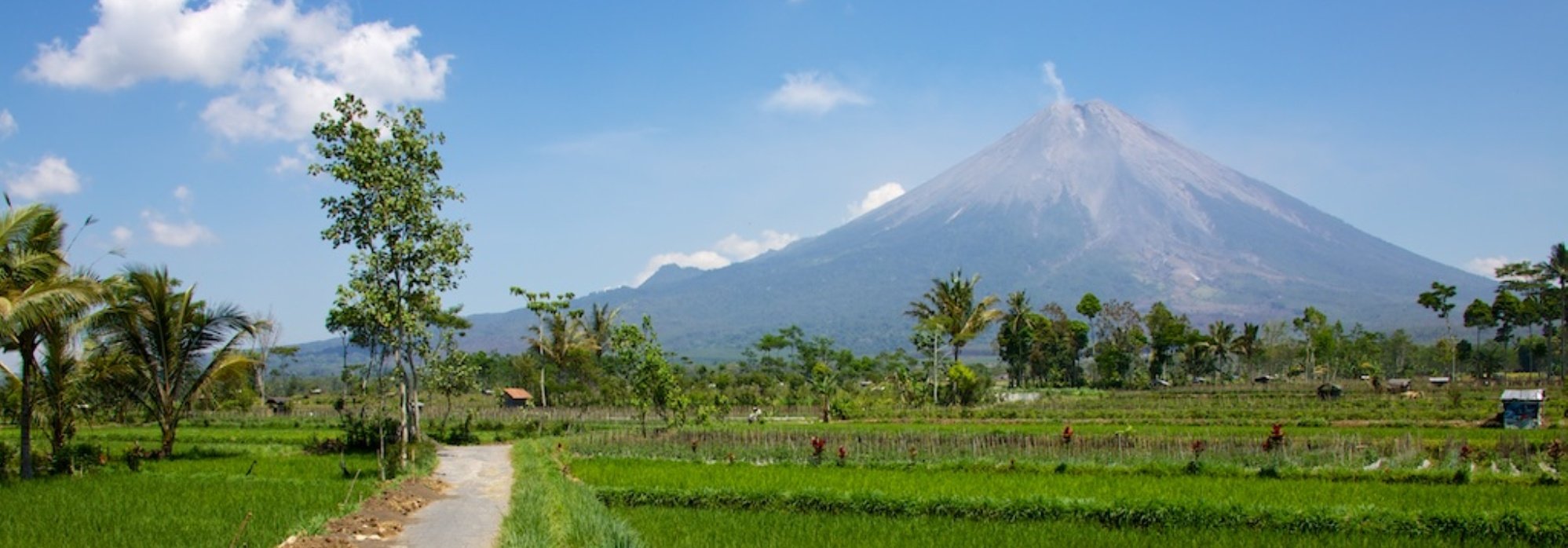 Yogyakarta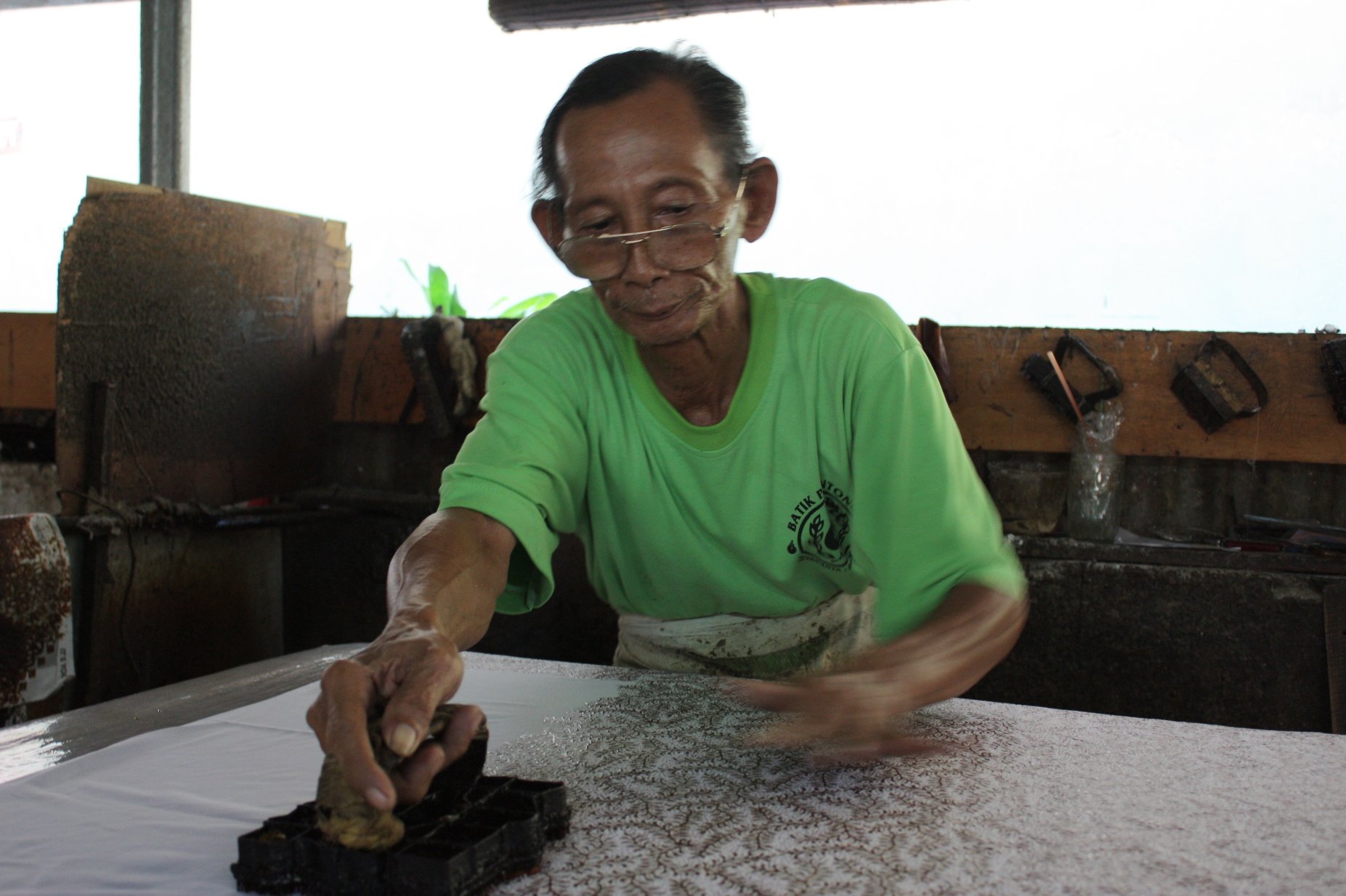 YogyakartaYogyakarta is the cultural center of Java, the soul of the island. It is also one of the nicest and most interesting cities in Indonesia. Partly because of the walled royal palace, Kraton, which is already a town in itself. You will find countless historical works of art and paintings. The gamelan is rehearsed daily in the morning hours, some days with dance and / or singing. The current sultan still lives on the palace complex.The Water Palace, which can only be visited in the morning, is within walking distance. For shopping you can visit the Marlioboro street with numerous stalls during the day and tasty food stalls in the evenings. Also visit the bird market Pasar Burung, one of the many batik galleries or go to the silver town of Kota Gede. In the evening you can attend a performance of the Ramayana ballet in the center. 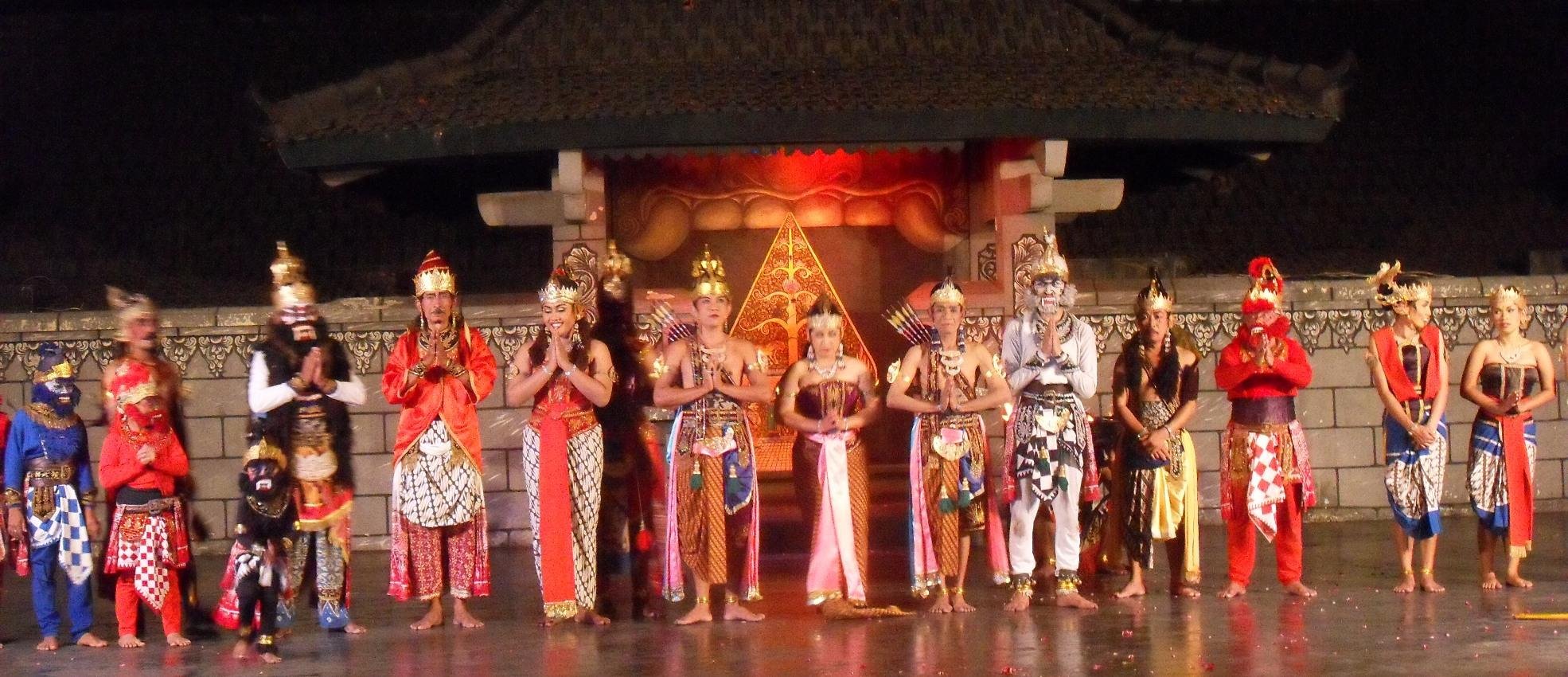 Yogya surroundingsAn hour from Yogyakarta is Borobudur, the world-famous Buddhist temple from the 8th and 9th centuries.Closer is the Hindu temple Prambanan, where the Ramayana ballet is regularly performed. Towards the coast is the town of Imogiri. Here is the final resting place of the rulers of Mataram, the Susuhunans of Surakarta, the sultans of Yogyakarta and other high Javanese nobles. The name comes from Sanskrit and means "Snow Mountain". You can decide to visit the sultans graves on the spot. Especially on Sunday go to the beach of Parangtritis. You will be amazed how the locals enjoy the beach and get through the day taking selfies (preferably with you)! 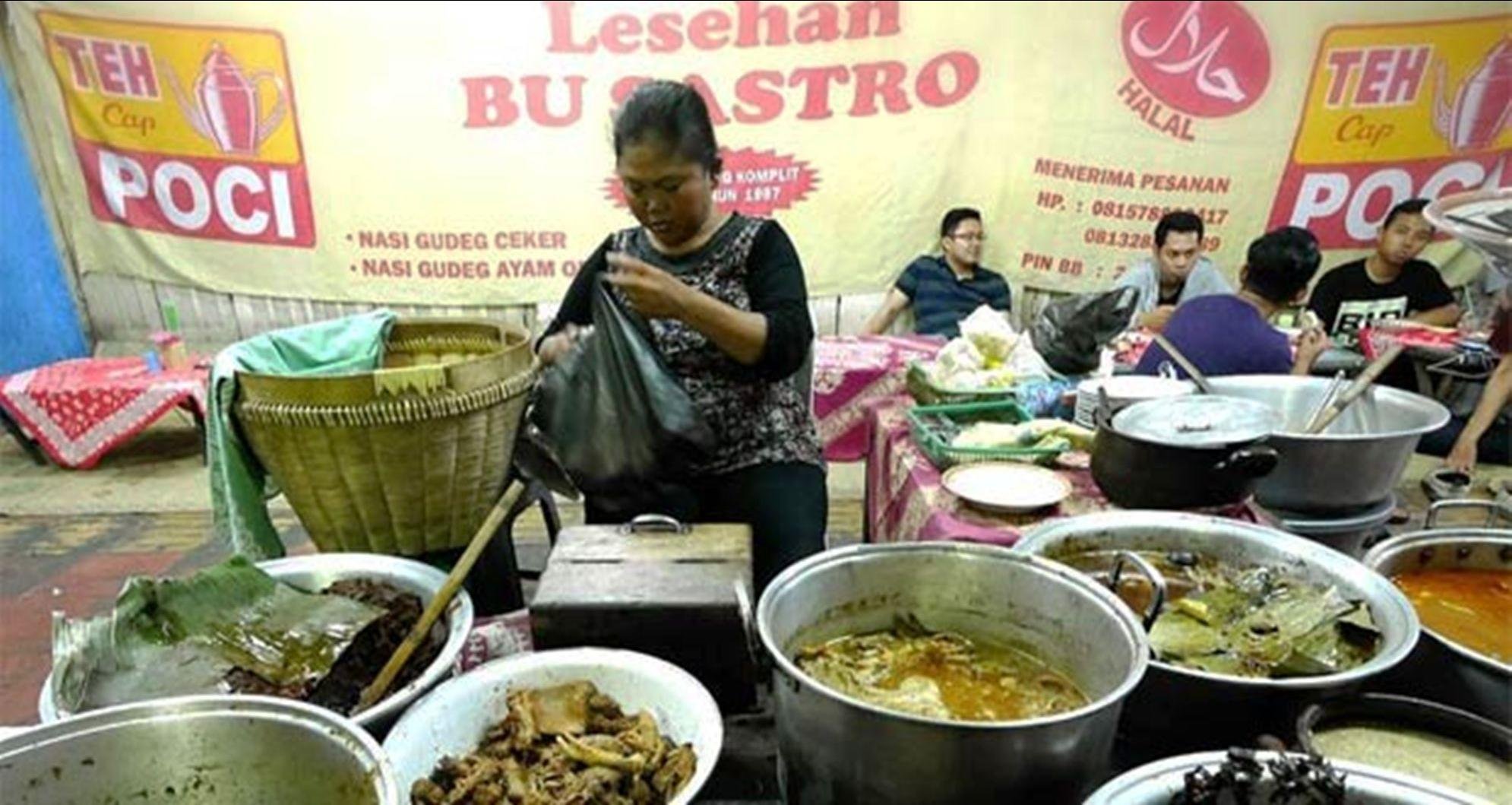 Favourite restaurantYogyakarta has a lot of delicious restaurants, from murah (cheap) to mahal sekali (very expensive). The latter category includes Gadjah Wong , but the choice is huge and I believe I've never eaten such a tasty sambal goreng tempe Nice ambiance too!If you are staying in the Prawirotaman district you should definitely visit Via Via for lunch pr dinner. Very nice atmosphere, not expensive and very tasty and you can find a lot of information about Yogya. They also give cooking classes. The most authentic is to eat Nasi Gudeg at one of the lesehan (food stalls) at the Jalan Malioboro, a jackfruit stewed in coconut milk. Malang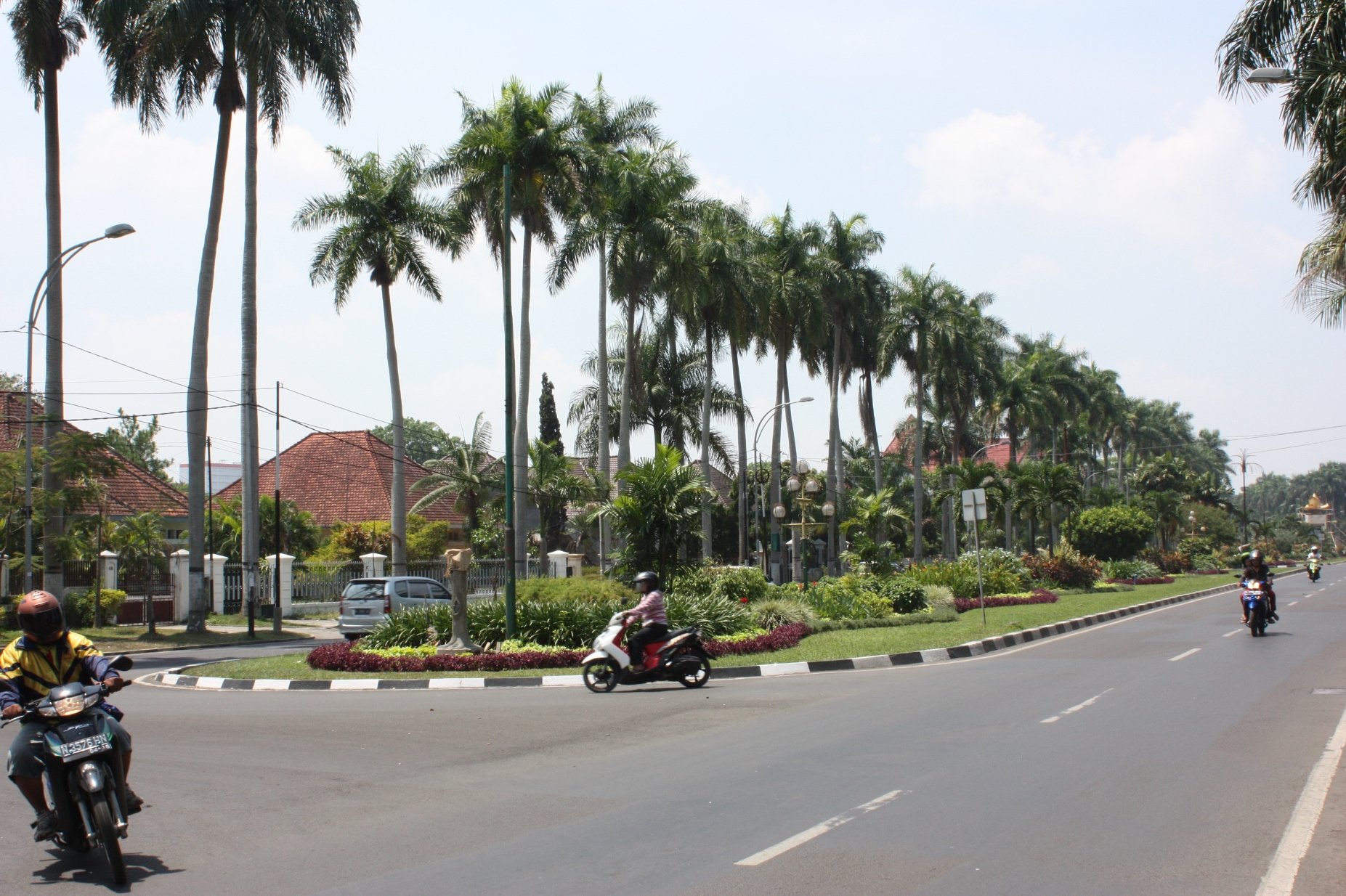 MalangNinety kilometers south of Surabaya is the charming city of Malang. Malang owes its first riches to coffee cultivation, but is now known as an apple city. The apples from Malang are exported worldwide. There are several fruit orchards in the vicinity of Malang. Malang is truly a breath of fresh air with its clean, spacious streets and neighborhoods lined with old colonial houses. Those who have a connection with the former Dutch East Indies will quickly feel at home here and recognize the house style. The 'mountain neighborhood' with the main street the IJen Boulevard was the neighborhood where my father grew up in the 1940s.The beautiful Tugu hotel with ancient Chinese art is definitely worth a cup of coffee or an ice cream. Also special is a walk through Kampung Warna Wira: the drab poor neighborhood has been completely refreshed by students in all kinds of colors. To enter the kampung, cross the river via a glass bridge. 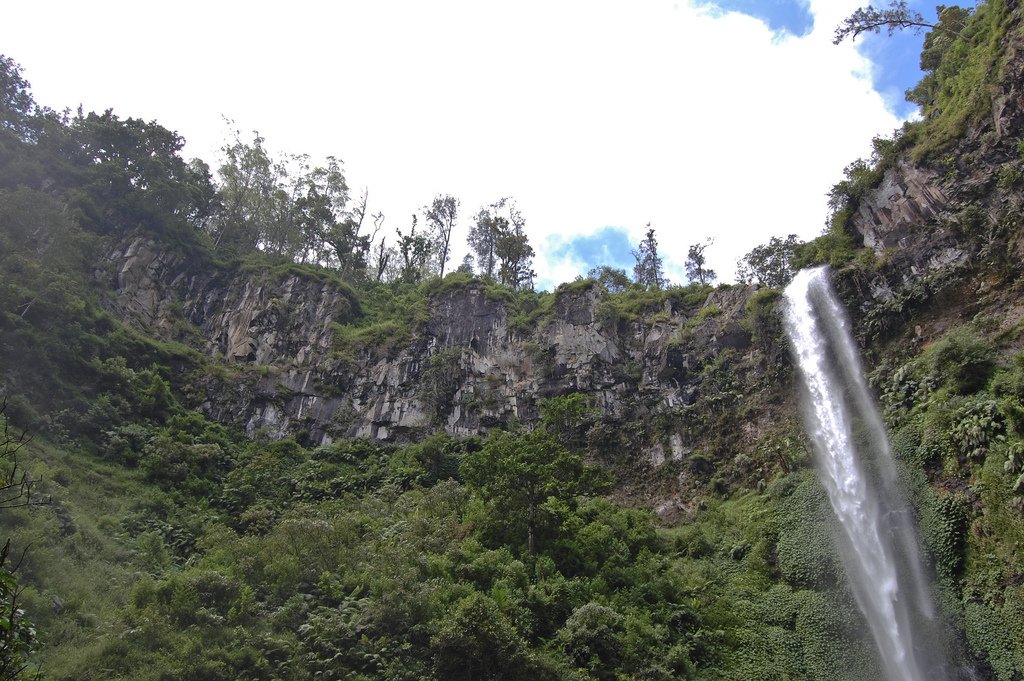 Malang surroundingsA day trip through the mountains, along the places Batu and Selecta, Prigen and Lawang will take you to beautiful panoramas, various waterfalls, fruit plantations, hot springs and other nice stops.The Bromo volcano is more than three hours away; our advice when you want to visit the Bromo is to stay overnight near the Bromo. 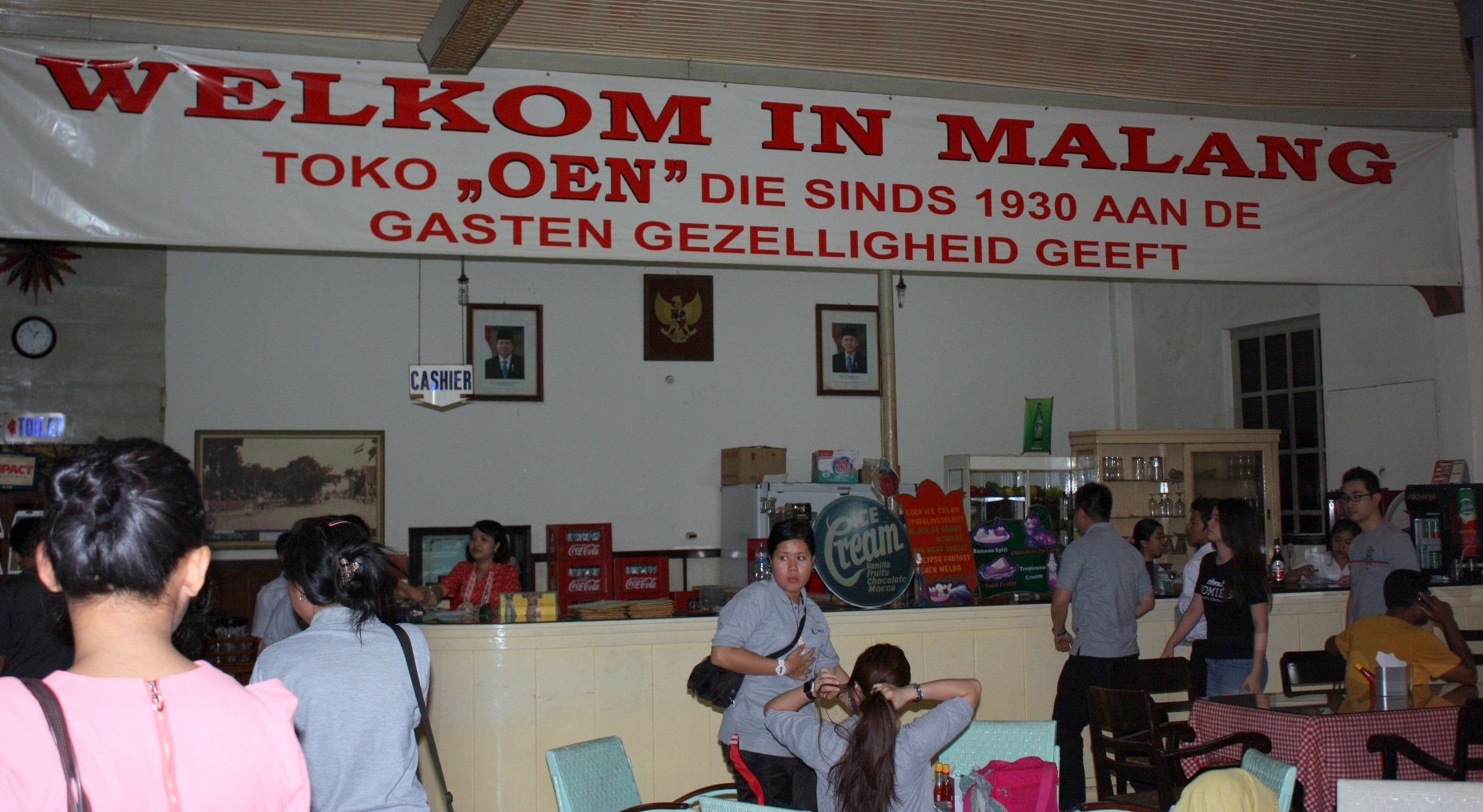 Favourite restaurantI will not say that Toko Oen has Malang's most culinary cuisine, but definitely go there for lunch! The interior has not changed in 80 years. In addition to Indonesian dishes, there are also traditional Dutch dishes on the menu such as Uitmijter and Wiener Schnitzel .Bromo - Tosari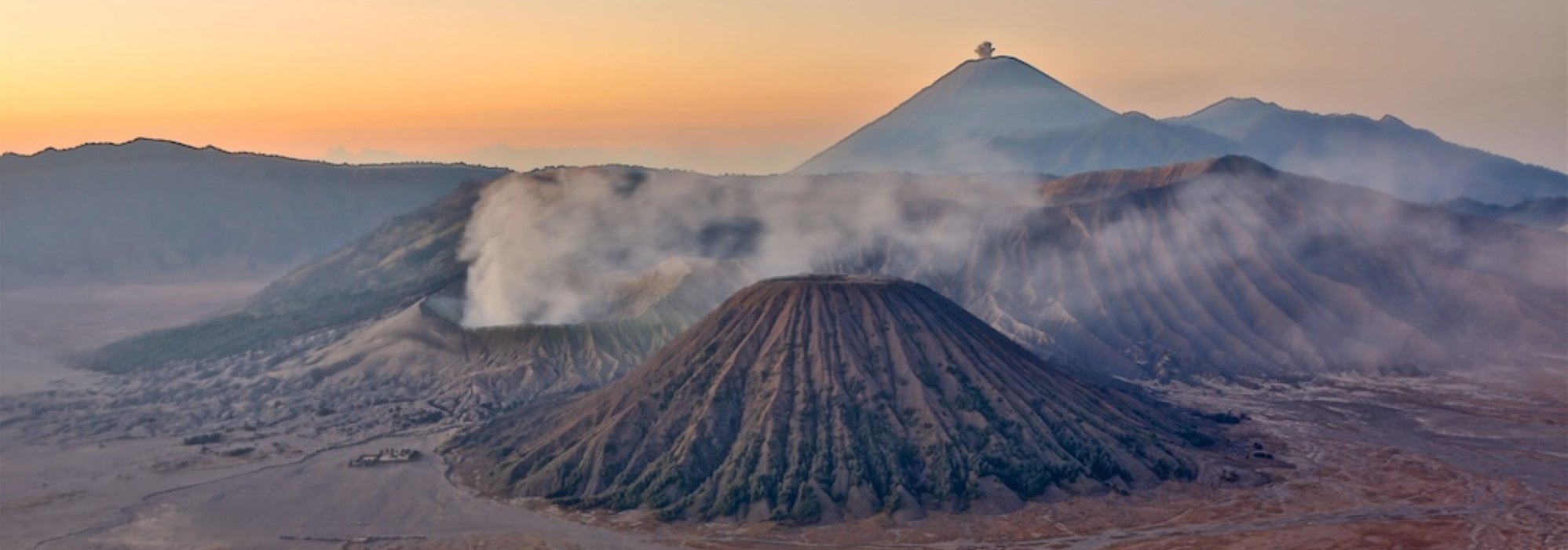 BromoThe most famous volcano in Java, the Bromo, is located in the Tengger massif. Together with the craters of the Batok and Widodaren, the Brom crater is located in a sand sea of 80 square kilometers, which is surrounded by the caldera rim.Before sunrise, numerous jeeps with tourists drive to the Pananjakan viewpoint to watch the sun rise over the Bromo from there, watch the clouds sink into the sand sea and regularly see the Semeru volcano blowing off steam. During the high season it is very busy, but about 500 enthusiasts can shoot photos and videos in peace and quiet. After sunrise, the jeeps drive into the sand sea, to the foot of the Bromo crater and you walk another fifteen minutes through the sand sea (you can also rent a horse) to climb the 300 high steps to the crater rim. Your reward awaits .. 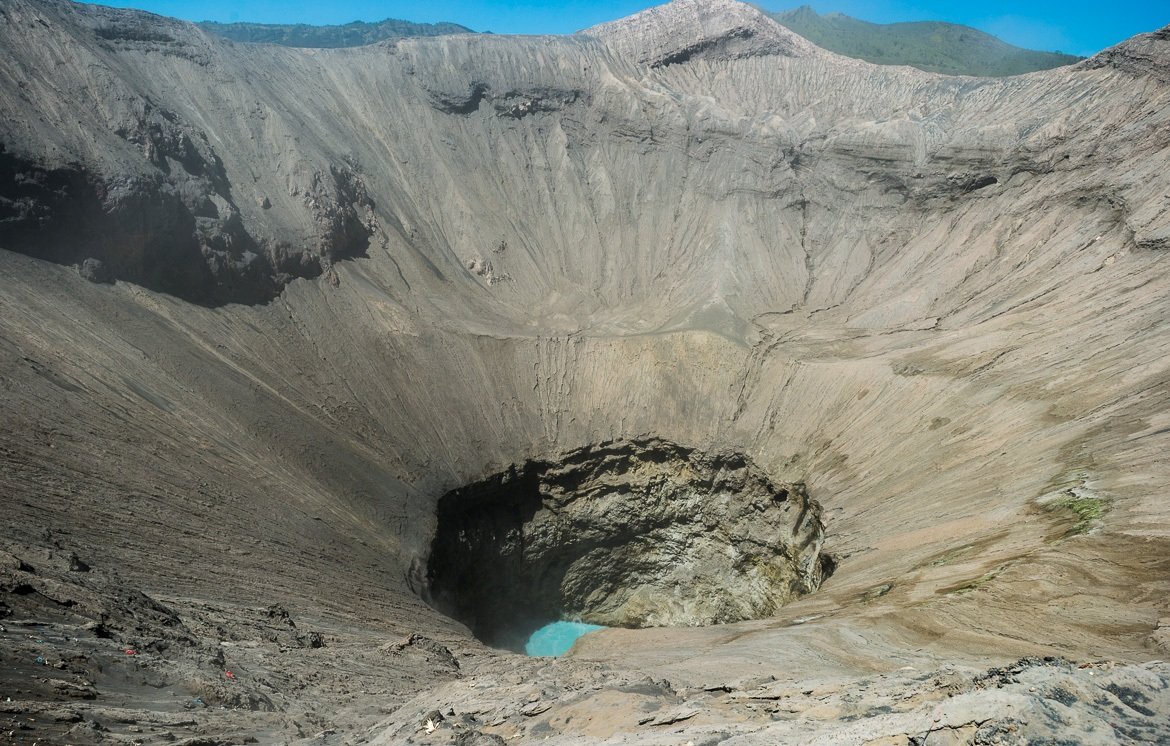 Your reward...Kalibaru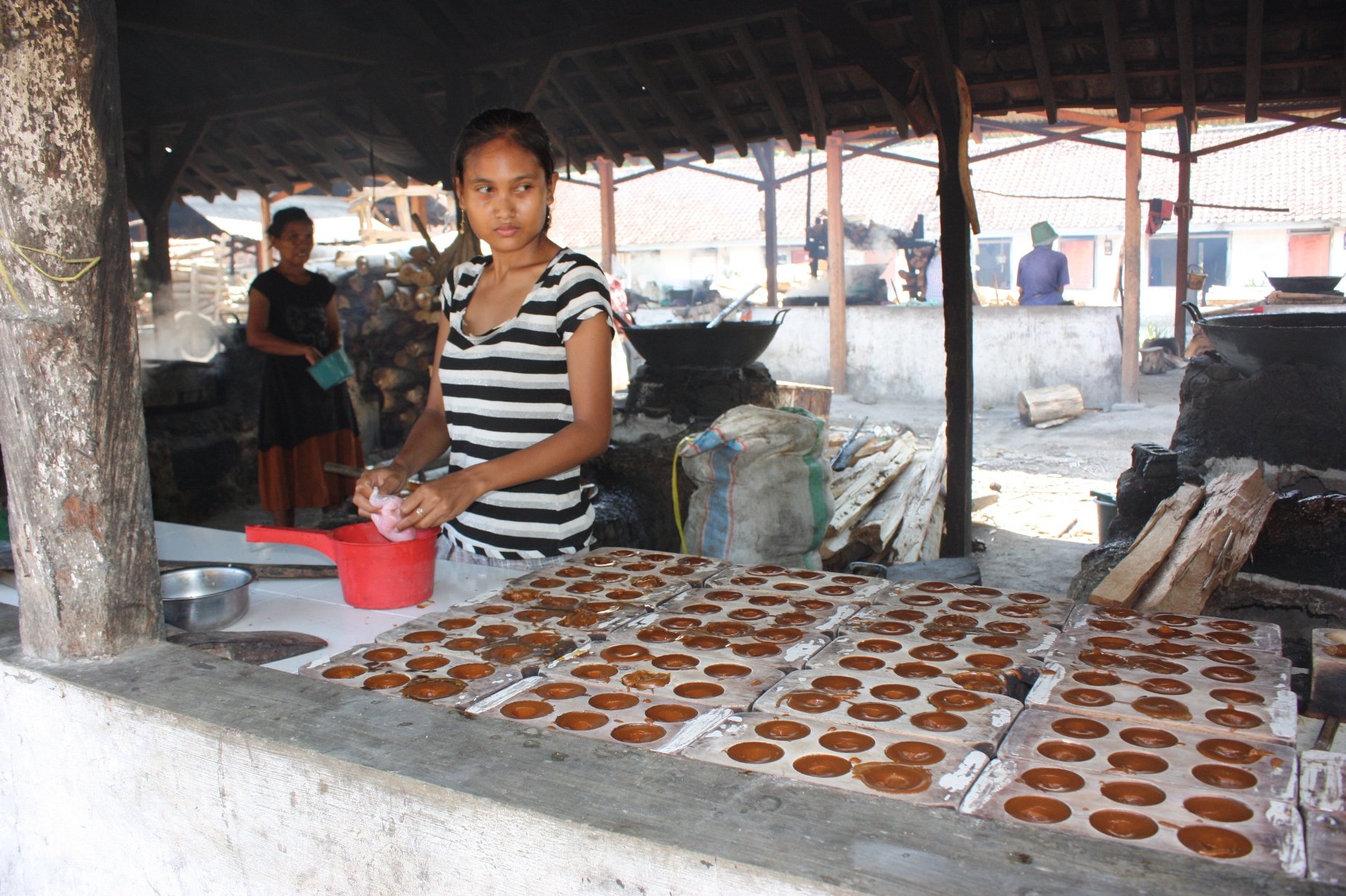 KalibaruKalibaru is most of the time your last stop on Java before you take the ferry to Bali. It’s a little village in the mountains close to the Raung Volcano near the Kawa Ijen plateau. The village is surrounded by plantations and it’s very pleasant to stay there.You can make a trip with a Dokar (a small horse drawn carriage) or visit one of the plantations. Sukamade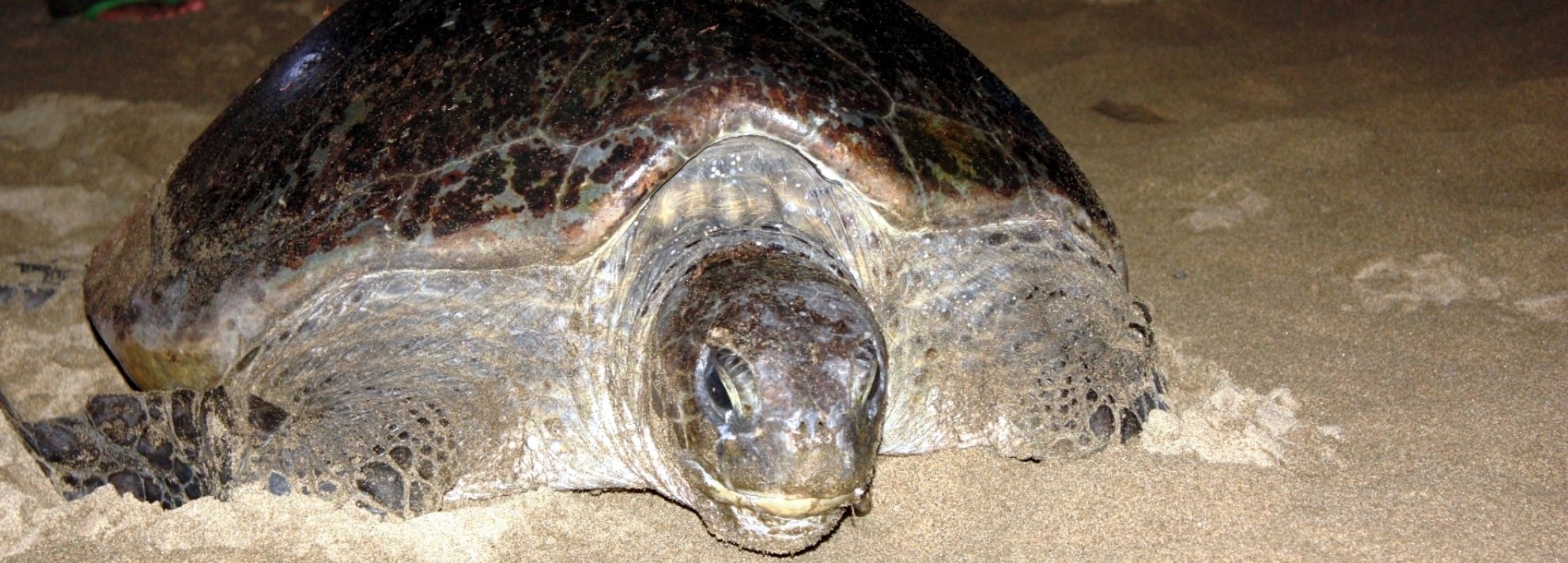 SukamadeSukamade is a fisher and plantation village at the south coast of East Java. It’s in the middle of the Meru Betiri natural park and only accessible by jeep.The biggest attraction of Sukamade is the turtle centre. Almost every day giant turtles come ashore in the evening to lay their eggs on the beach. Accompanied by local rangers you can see this happen. During the day you can see the baby turtles in the nursery and release the turtles that are strong enough on the beach. There are two reasonable accommodations at Sukamade, of which we use Wisma Sukamade Baru the most. It is about a three-quarter drive from the turtle center and is cleaner and better cared for than the Sukamade Mess. This is located in the grounds of the turtle center and is just a 10 minute walk from the beach. Both accommodations have cold running water and a simple western toilet. Surabaya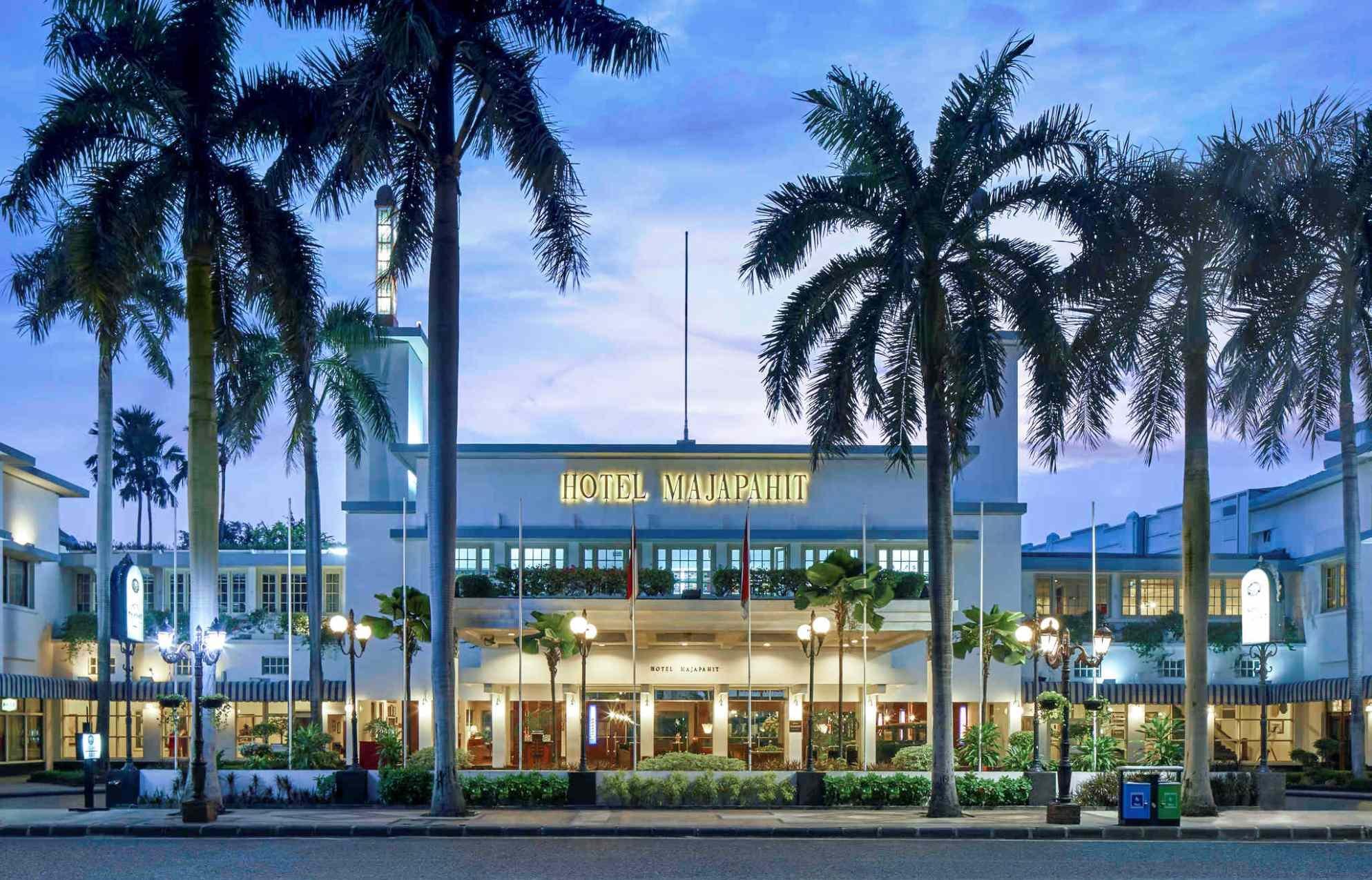 SurabayaSurabaya is named after a shark, Sura, and a crocodile, Baya, who should have fought in the river Kalimas (the Golden River). Neither of them survived, and the place where they died is the centre of Surabaya.The harbour is the second biggest harbour in Indonesia, the biggest harbour is in Jakarta. The old harbour is a nice place to visit when you’re driving to it through the colourful quarters. Nowadays Surabaya is a real trading town with lots of big office buildings and shopping malls. Old buildings, like the post office are still there, though a bit neglected. The zoo in Surabaya is certainly worth a visit 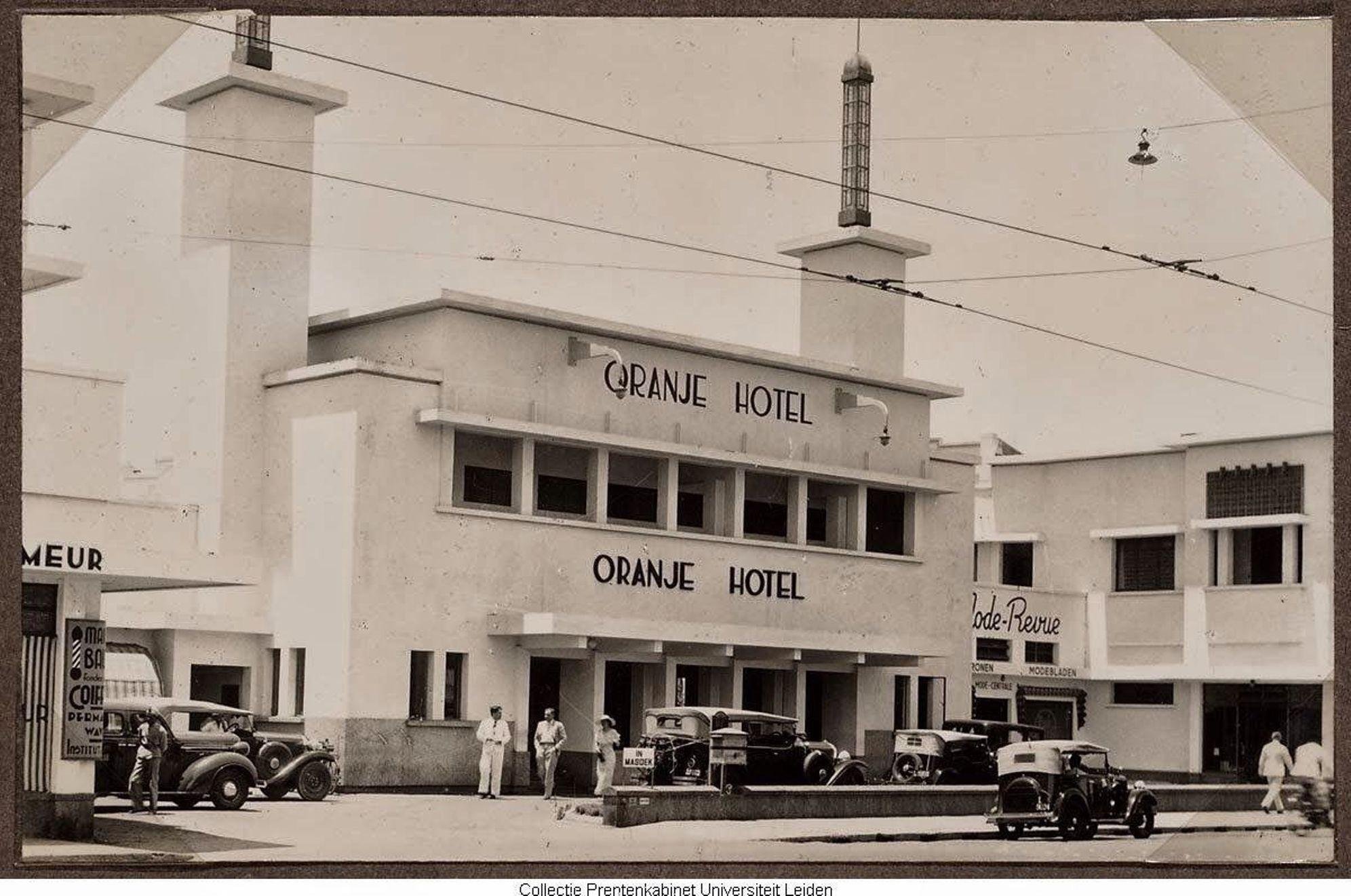 HistoryA month and 2 days after the Proklamasi, the proclamation of the Republic of Indonesia, the Dutch tricolor fluttered on the roof of the then Oranjehotel (Nu Majapahit). Some Pemudas (freedom fighters) climbed on the roof to pull the blue stripe from the flag. It was the beginning of the Bersiap period, where especially in Surabaya the struggle turned out in all its ferocity and cruelty.My Grandmother, uncle and mother lived in Soerabaya at the time as so-called Buitenkampers (who could prove that 50% or more was Indonesian was not interned in a Jappenkamp). During the Bersiap my uncle was arrested and held in the Van der Werfstraat prison. After an English / Indian liberation action, he was released with a fright. Grandma, uncle and my mother just escaped the attack on the Goebeng transport, because the trucks were full of other refugees. 200 women, children and soldiers were killed in the attack. |

